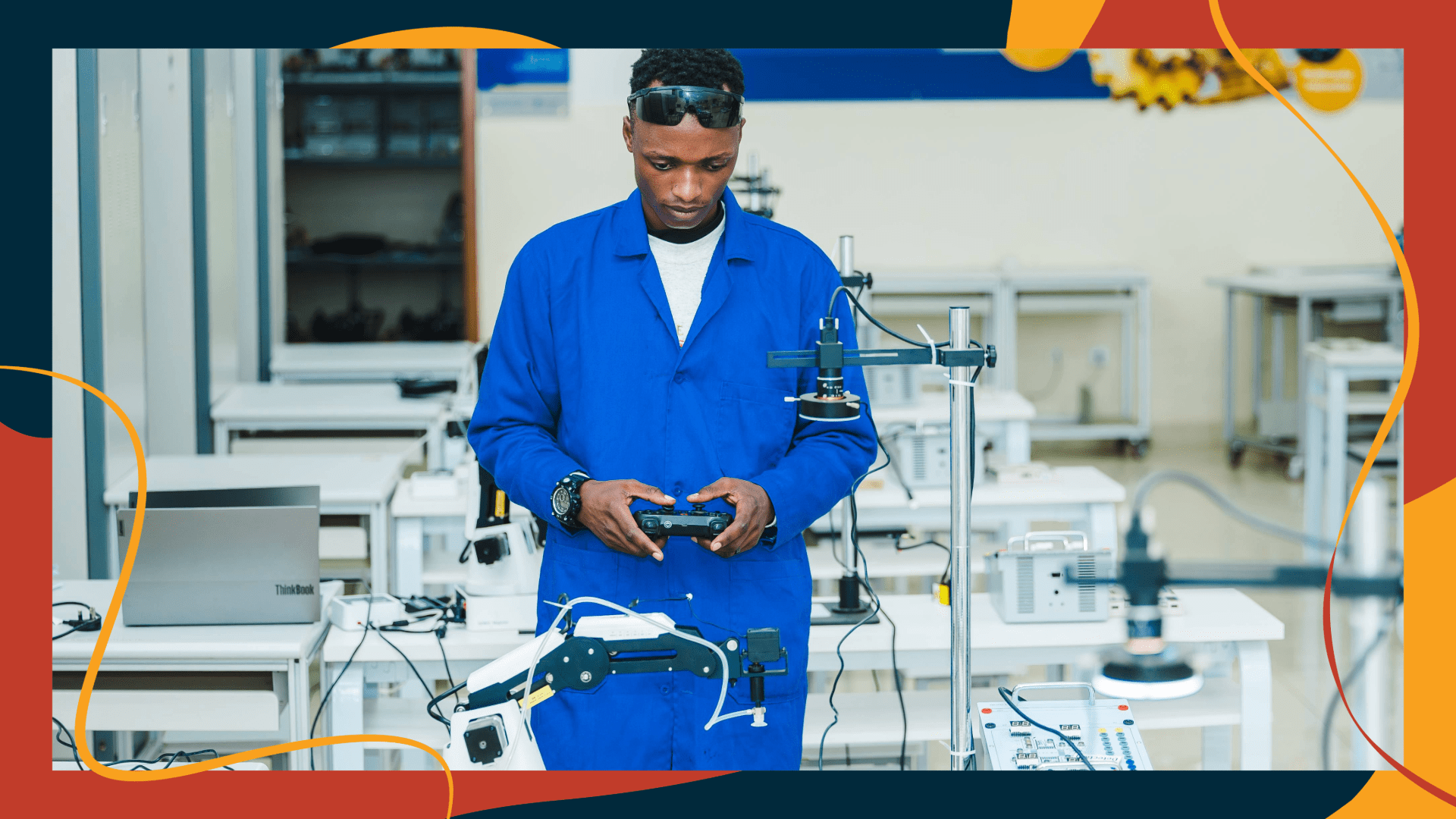The comedian from Gen Z Comedy, Ihangane Amour de Dieu, known by the stage name Cardinale, is a student at RP Musanze studying Automation Technology. He has developed medical robots that can quickly diagnose patients and deliver rapid results.
You’ve probably experienced long waits at hospitals, with packed waiting rooms and overworked doctors—sometimes even leaving without being seen or treated. Cardinale was inspired to create these robots after witnessing the long queues of patients and the shortage of medical staff. Many patients end up leaving without receiving care, while doctors work exhausting hours, and some people even die due to delayed treatment.
As a student at RP Musanze, Cardinale decided to use his skills to build robots that interact directly with patients—assessing their symptoms and collecting medical data usually gathered by doctors during a check-up. These robots then provide the information to medical personnel, who can use it without being overwhelmed.
The robots are designed to serve the following purposes:“The primary goal was to reduce the risk of patients being neglected or treated too late, which can lead to severe illness or even death. It also helps protect the well-being and efficiency of doctors,” he said.
Speaking with KURA, Cardinale urged fellow technology students to focus on solving real societal problems rather than just pursuing personal desires, emphasizing that this is the way to build a healthy nation free of disease.
He added that these robots would especially help doctors when dealing with infectious diseases, “Whenever a doctor interacts with a patient, there is a risk of easily catching contagious diseases. But if robots take over this task, it will enhance safety for healthcare workers.”
How do the robots work? A patient approaches the robot, which instantly detects internal health issues—whether it’s checking for fever, blood circulation, lung function, bodily injuries, or other symptoms—and transmits that data to a doctor using technology.
Doctors can then access this data via phones, computers, or other medical tech devices.
Cardinale highlighted that one robot can diagnose up to 500 patients in just six hours.
“These medical robots can assess 500 individuals in six hours. As soon as a patient stands in front of it, the robot rapidly uses all its systems to identify symptoms.”
He also had a message for the older generation: “Some elders believe that technology is only for the youth—they’re wrong. Technology is for everyone.”
Cardinale encourages young people to leverage technology to reduce human labor and improve livelihoods.
“My advice to youth is to embrace entrepreneurship through technology. This is the future. Our country has provided all the resources we need to be leaders in this field. As youth, we must let go of outdated habits and use technology to drive national progress.”



